The Art of Hand-Carved Chess Pieces | Craftsmanship & Tradition
The Art of Hand-Carved Chess Pieces
When most people think of chess, they picture the chequered board and the familiar Staunton design. Yet, what often goes unnoticed is the artistry that goes into crafting each chess piece. Behind every set—whether modest or luxurious—is a story of craftsmanship, heritage, and tradition. Today, we’ll explore the fascinating world of hand-carved chess pieces, their history, the methods used to create them, and why they remain the gold standard for collectors and serious players alike.
The History of Carved Chess Pieces
The tradition of carved chessmen dates back over a millennium. Some of the earliest known pieces, such as the iconic Isle of Lewis chessmen discovered in Scotland, reveal the importance of artistic expression in chess. Each figure was carefully sculpted to reflect medieval society, showing kings, queens, bishops, knights, and pawns with distinctive personalities.
Fast forward to 1849, when Nathaniel Cooke designed the now-famous Staunton pattern, standardised and promoted by Howard Staunton himself. This design—elegant yet practical—set the stage for hand-carved chess pieces to become an industry rooted in both utility and beauty.
The Process of Hand-Carving
Creating a hand-carved chess set is a blend of art and precision. While modern machine-cut sets exist, traditional carving requires hours of meticulous labour.
-
Selecting the Wood – Premium sets often use hardwoods such as ebony, rosewood, padauk, and boxwood, each chosen for durability and colour contrast.
-
Rough Shaping – Craftsmen use lathes to create the basic shape of pawns, rooks, and other cylindrical elements.
-
Detail Carving – The knight, often considered the centrepiece of artistry, is hand-sculpted with intricate features such as the mane, ears, and facial expression. No two knights are ever identical.
-
Weighting and Felting – To ensure balance, lead or metal cores are inserted, and soft green baize felt is applied to the base.
-
Polishing and Finishing – Finally, the pieces are polished, often with natural oils or lacquers, to bring out the wood’s natural grain.
The Knight: The Carver’s Masterpiece
Ask any collector what makes a chess set stand out, and they will likely point to the knight. Unlike the geometric precision of rooks or bishops, the knight requires sculptural skill. In high-end sets, the knight’s expression can vary from fierce and warlike to calm and regal. This is where a carver’s signature touch shines through—some knights even resemble works of miniature sculpture.
Why Collectors Value Hand-Carved Pieces
Hand-carved chess sets are not simply tools for play; they are works of art. Collectors prize them for several reasons:
-
Individuality – Each piece is slightly different, giving the set character.
-
Craftsmanship – The skill of the artisan elevates the set beyond mass-produced alternatives.
-
Historical Connection – Many sets replicate antique Jaques of London or 19th-century Staunton designs, preserving heritage.
-
Investment Value – Well-made hand-carved sets, particularly in rare woods, often appreciate in value.
The Modern Market for Carved Chess Pieces
Today, the demand for hand-carved chess sets remains strong. From tournament-ready Staunton reproductions to ornate luxury designs, players and collectors seek out sets that reflect both function and artistry. Online retailers such as Official Staunton provide access to a wide range of chessmen crafted by master artisans, ensuring that the tradition lives on.
Caring for Hand-Carved Chess Pieces
To preserve the beauty of carved chess pieces, proper care is essential:
-
Store them in a lined chess box to avoid scratches.
-
Keep them away from direct sunlight to prevent fading.
-
Clean them gently with a soft cloth; avoid water or harsh chemicals.
-
Occasionally treat wooden pieces with natural oil to maintain lustre.
Hand-carved chess pieces are the heart of the game—where craftsmanship meets tradition. Whether you’re a casual enthusiast, a serious player, or a dedicated collector, investing in a hand-carved set means owning a piece of history. Each knight, rook, bishop, and pawn carries the soul of its maker, reminding us that chess is not just a game of strategy, but also an enduring art form.



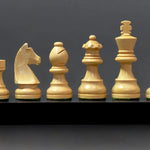
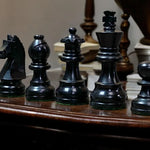
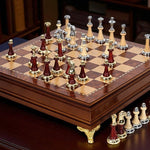
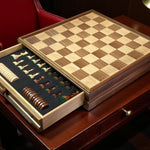
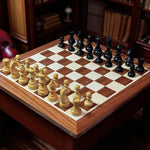


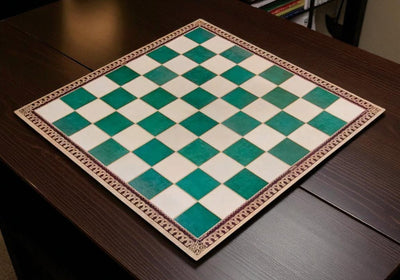


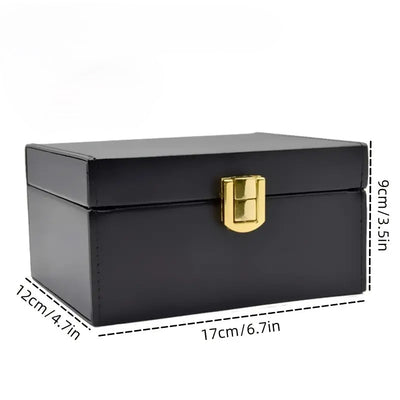
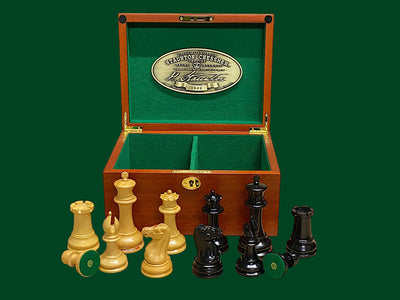
Leave a comment